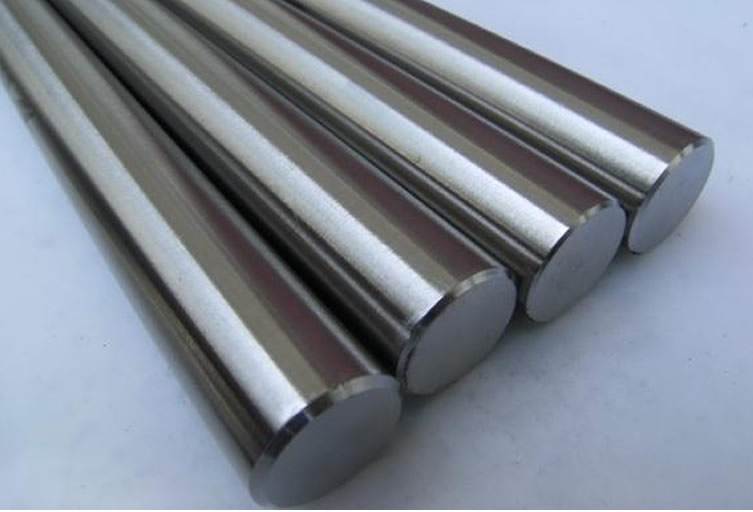
The List Of Abundant Refractory Metals Tungsten, tantalum, molybdenum, columbium, vanadium, and chromium may be classed as relatively abundant refractory metals; that is, free world reserves of contained metal are over 100,000 tons for each metal. The first four show promise in a considerably higher temperature range than the last two, and sometimes the term […]
Tags: Abundant Refractory Metals, Chromium, Molybdenum, Refractory Metal, Refractory Metal Bars, Refractory Metals, tantalum, Tungsten, Vanadium
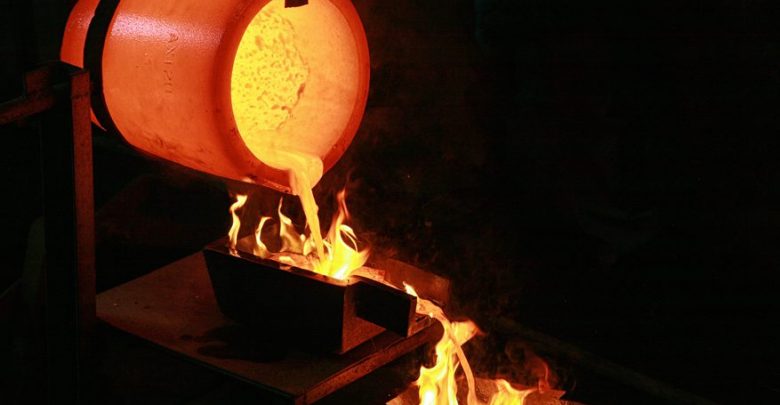
Top 10 Materials with the Highest Melting Point in the World Want to know what materials have very high melting points? You’ve come to the right place. In this article, we will introduce the materials with the highest melting point in the world – top 10. 1. Tantalum Hafnium Carbide Alloy (3990℃) Tantalum hafnium carbide […]
Tags: Diamond, Graphite, HIGH-TEMPERATURE METALS, Materials with the Highest Melting Point, Osmium, pure metals, Refractory Metals, rhenium, Silicon carbide, tantalum carbide, Tantalum Hafnium Carbide Alloy, Titanium Boride, Titanium carbide, Top 10 Materials with the Highest Melting Point in the World, Tungsten
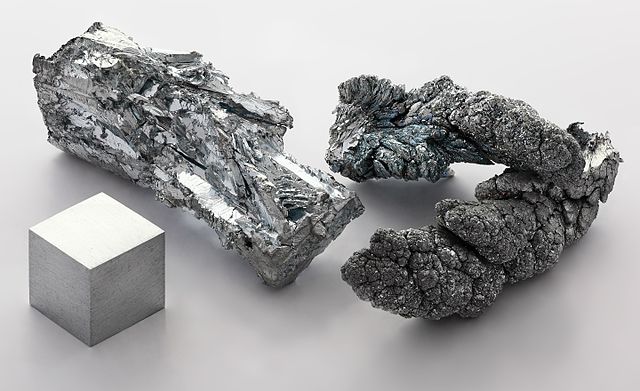
What Are Refractory Metals? Refractory metals are different. As a group, they provide a number of unique characteristics – such as resistance to high heat, corrosion, and wear – making them useful in a multitude of applications. The next time you climb into your automobile take note that you are surrounded by components that are […]
Tags: Niobium, Refractory Metals, rhenium, Tungsten

The Role of Niobium in Superalloys Refractory elements are important alloying additions in both nickel-base and iron-nickel-base superalloys. They are responsible for the increased high-temperature mechanical properties present in current superalloy systems. In this article, we’ll take a look at the role of niobium in superalloys. It has long been established that nickel-base and iron-nickel-base […]
Tags: Advanced Refractory Metals, Nickel, Niobium, Niobium in Superalloys, Refractory elements, Refractory Metals, superalloy, The Role of Niobium in Superalloys
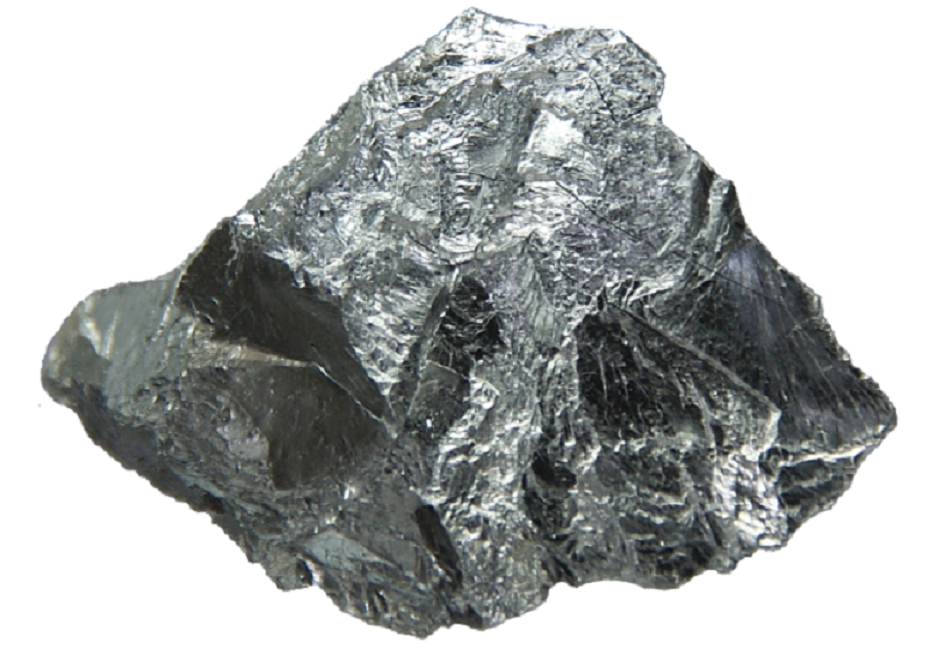
Which Elements Have the Highest Melting Point? As we all know, the melting point is the temperature at which a substance converts from a solid state to a liquid state. Some of the metals show very high melting points at least 2,000 degrees Celsius, and they also have very high physical strength. These metals are […]
Tags: Advanced Refractory Metals, Elements Have the Highest Melting Point, iridium, Molybdenum, Niobium, Refractory Metal, Refractory Metals, rhenium, tantalum, Tungsten, Which Elements Have the Highest Melting Point?
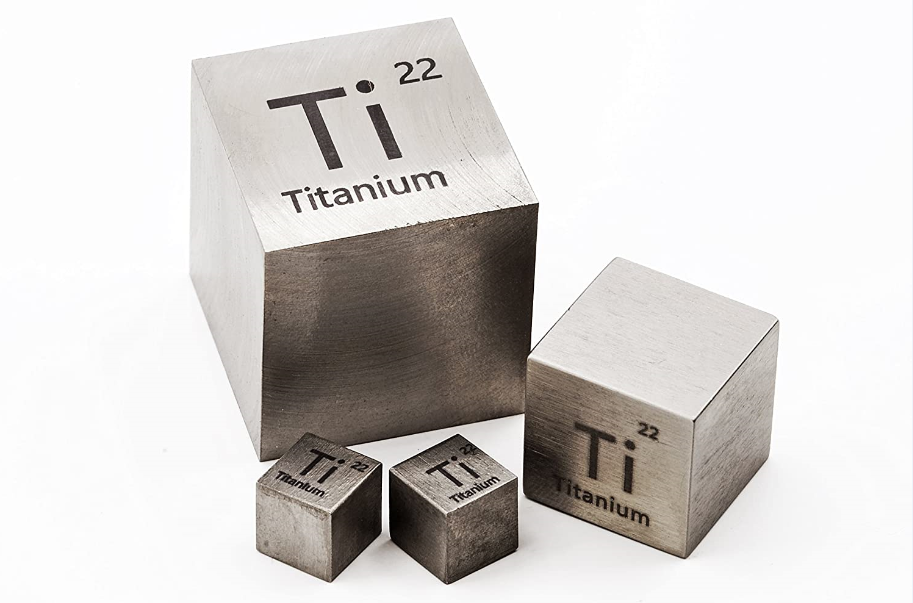
How Titanium Is Used Today? In today’s article, we’ll take a look at how titanium is used today. Titanium is a hard, shiny, and strong metal. It is as strong as steel but much less dense. It is therefore important as an alloying agent with many metals including molybdenum, aluminum, and iron. Titanium metal connects well with […]
Tags: Advanced Refractory Metals, aluminium, How Titanium Is Used Today?, Refractory Metals, titanium, Titanium alloys, titanium metal, titanium pipes, titanium(IV) oxide
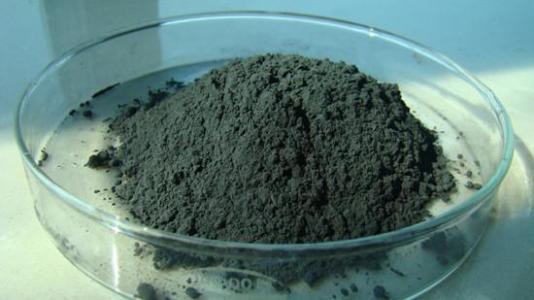
What Is Rhenium Metal Powder Used to Make? Only tungsten and carbon have higher melting points. Rhenium has good wear resistance and it can withstand arc corrosion. It is soluble in nitric and sulphuric acids. Applications for the metal include its use as an alloying element with tungsten. Rhenium powder is a light-gray metal powder made […]
Tags: Advanced Refractory Meatal, radiopharmacy, Refractory Metals, rhenium, Rhenium Metal Powder, rhenium powder, Tungsten, What Is Rhenium Metal Powder Used to Make?
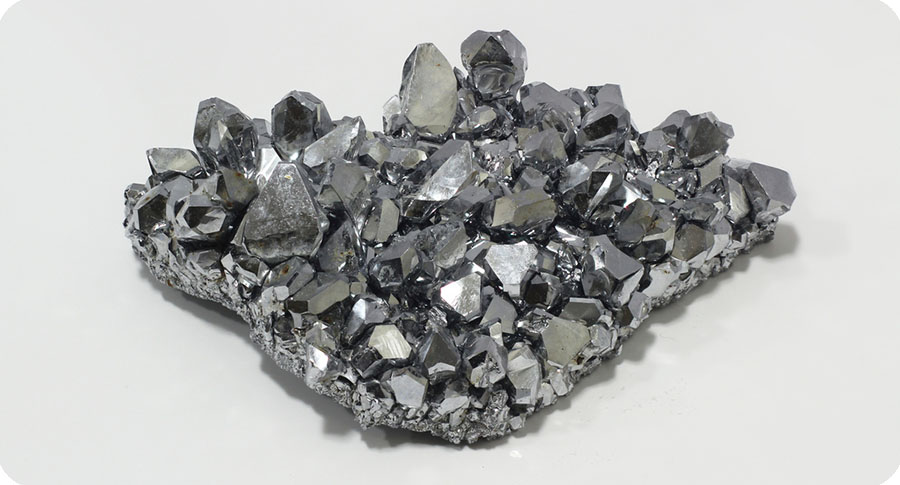
Niobium – A Material for Innovations with Great Future Potential In this article, we will introduce niobium, a material for innovations with great future potential. In actual fact, niobium, like all other metals, is gray. However, by applying a pacifying oxide layer, we allow our metal to gleam in a beautiful array of colors. Niobium is […]
Tags: Advanced Refractory Metals, Metal with High Melting Point, Niobium, Niobium A Material for Innovations, Niobium materials, Pure niobium, Refractory Metals, tantalum
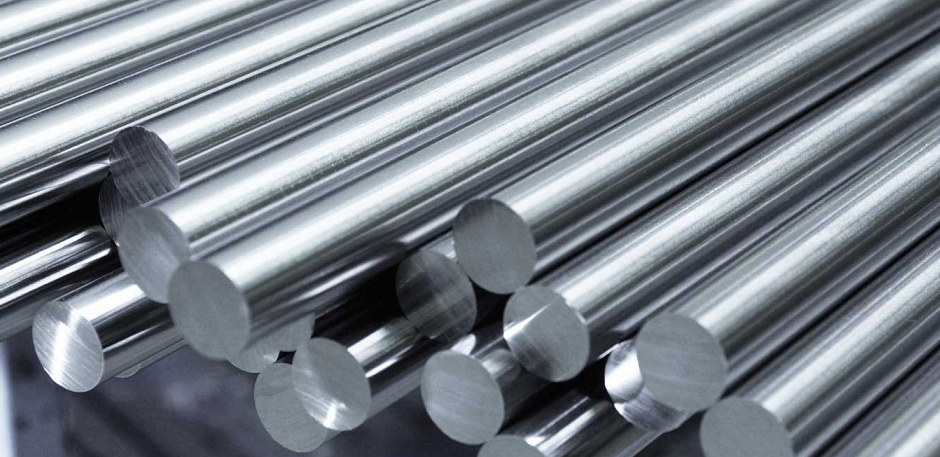
Why Is Molybdenum A Good Conductor of Electricity? High-tech metals are called refractory metals in scientific terms, with a high melting point of 3500 degrees C. Tungsten, molybdenum, tantalum, and niobium are refractory metals. The characteristics of these materials are not only high melting points but also difficult to mine and process. A special process beyond […]
Tags: Characteristics of Refractory Metal, Metal with High Melting Point, Molybdenum, molybdenum metal, molybdenum powders, properties of refractory metals, Refractory Metals, semi-finished molybdenum, Stanford Advanced Materials
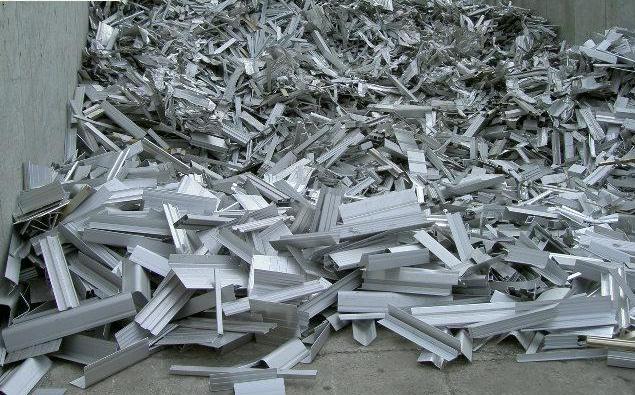
What Is the Status of Molybdenum Recovery and Utilization? In this article, we will take a look at the status of molybdenum recovery and utilization. With the continuous development of the molybdenum industry, molybdenum raw material consumption is bigger and bigger, and the recoverable resources are becoming less and less, in order to protect the environment […]
Tags: Advanced Refractory Metals, Molybdenum, molybdenum metal, Molybdenum Powder, molybdenum strip, molybdenum wire, Refractory Metals, Status of Molybdenum Recovery and Utilization
Copyright © 1994-2024 Advanced Refractory Metals owned by Oceania International LLC, All Rights Reserved.